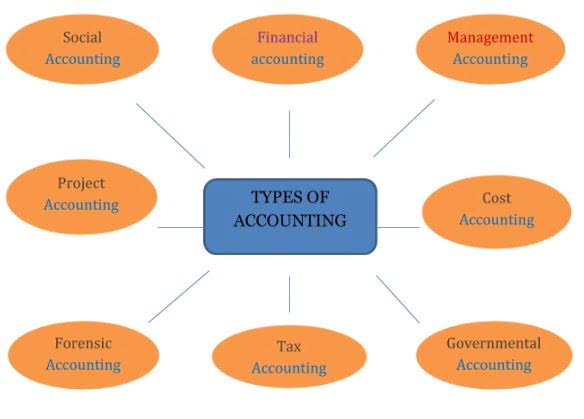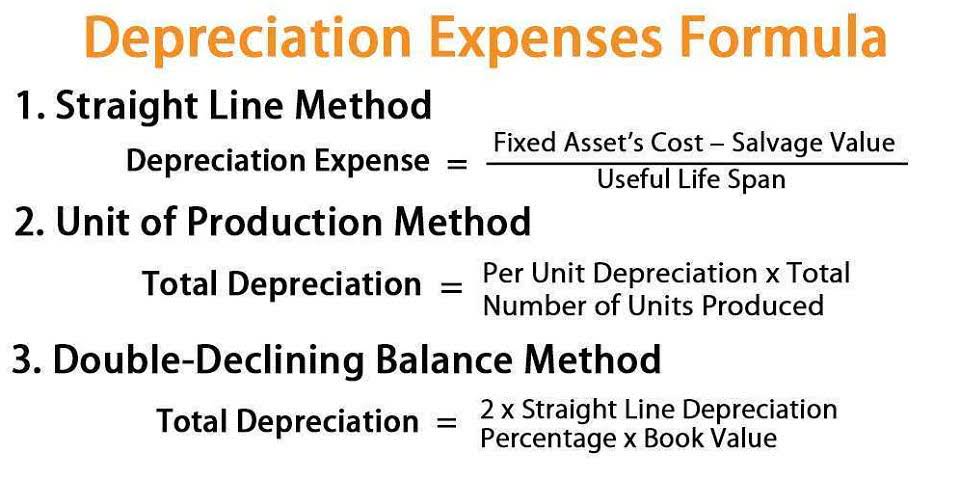
Usually, it includes the department managers for each type of income and expense in that statement. Consequently, companies can use it to evaluate their performance against the budget. HVAC Bookkeeping While it may cover income and expenses, it can also apply to other areas.
- It enables enhanced decision-making, optimal resource allocation, performance evaluation, and ensures compliance and accountability.
- These are estimated costs that are based on a predetermined budget and timeline.
- It has the checklists to make sure you are on the proper path.
- You need to consider the nature and characteristics of your data, such as the number of variables, categories, and values, and the type of relationship or comparison you want to show.
- The fourth step is to take corrective actions or make adjustments based on your budget monitoring findings and analysis.
Our Top 3 Best Practices for Creating Successful Budget Reports
- How did you measure and evaluate your performance and results?
- If the budget report only provides a summary of the total revenue and expenditure, the report reader may not be able to evaluate the efficiency or the effectiveness of the budget allocation.
- Since you can’t predict the future, it’s smart to imagine and plan for a few different versions of the future.
- In this section, we will discuss some tips and best practices for communicating the report to different types of stakeholders, using various methods and formats.
- Consider the needs of your household, your financial goals, and any specific areas where you tend to spend more.
- For example, a presentation may be more effective for persuading and engaging your audience, while a report may be more suitable for providing detailed and comprehensive information.
One of the most important steps in budget reporting is budget analysis. This is the process of comparing the actual results of your budget with the planned or expected results. Budget analysis helps you to identify the strengths and weaknesses of your budget, as well as the opportunities and threats that may affect your financial performance. Budget analysis also helps you to communicate your findings and recommendations to your stakeholders, such as managers, investors, or donors. In this section, we will discuss how to interpret and evaluate the results of your budget report from different perspectives, such as variance analysis, ratio analysis, and trend analysis. We will also provide some examples of how to use these techniques to highlight the key insights and implications of your budget report.

How to ensure accuracy, clarity, and consistency in your budget reports?

The business can use its excess cash to invest in new opportunities, pay off debts, or save for emergencies. However, the business should also be aware of the potential risks and uncertainties that may affect its cash flow, such as changes in customer demand, supplier prices, or interest rates. The business should monitor its cash flow regularly and update its projection accordingly.
- The budget report is also essential in comparing actual performance with budgeted figures.
- You should choose the method and format that best suits your message and your audience’s preferences.
- Secondly, liquidity analysis is essential to evaluate the company’s short-term financial health.
- Budget communication is essential for ensuring that your budget report is understood, accepted, and acted upon by the relevant parties.
- These budgets then contribute to making a master budget.
- You should also use headings, bullet points, tables, charts, or graphs to organize and visualize your data and analysis.
ACCELERATE YOUR BUDGET REPORTING PROCESS
Budget reports should be clear and consistent in their format, structure, terminology, and level of detail. They should also align with the organization’s strategic objectives and key performance indicators. A lack of clarity and consistency can lead to confusion, misunderstanding, and misinterpretation of the budget information. To avoid this pitfall, budget reports should follow a standard template and use explain why different budget report formats are useful. common definitions and labels for the budget items.
Communicating the Value of Well-Designed Budget Documents and Reports
You can use bold, italic, or underline to emphasize the key words or numbers, or use bullet points to list the main points. You can also use phrases like “The most notable finding is…”, “One of the main challenges we faced was…”, or “A positive trend we observed was…” to draw attention to your findings. The final step of creating a clear and concise budget report is proofreading and editing your report. You need to check your report for accuracy, clarity, consistency, and completeness, and eliminate any errors, gaps, or redundancies. You should also review your report for tone, style, and format, and make sure it is appropriate for your purpose and audience. Budgets that are created for particular projects can also be examined and made reports on, for the improvement of overall efficiency.
- There are different methods and tools that can be used to perform variance analysis, depending on the level of detail and complexity required.
- It is advisable to use multiple and reliable data sources to ensure the validity, accuracy, and completeness of the data.
- We’ll explain how to make a budget report later, but if you want to get a high-level view of your spending at any time, use our live dashboard.
- By examining each income source individually, it becomes easier to identify the most significant contributors and potential areas for improvement.
- The action plan should also have a quantifiable target, such as the number of leads, conversions, or sales.
Stop wasting time tracking expenses and start making informed decisions.
The main reasons for the variance are explained in the next section. Before bookkeeping you create a visual, you need to ask yourself what you want to show with your data, and what message you want to convey to your audience. For example, do you want to show the distribution, comparison, relationship, or composition of your data? Do you want to emphasize a particular trend, pattern, or outlier?
In this final section, we will conclude our discussion and provide some next steps for improving your budgeting reporting skills and processes. Budgeting and forecasting are essential skills for any business or organization, but they are not enough without clear and concise reporting. Budget reports help you communicate your financial performance, goals, and challenges to various stakeholders, such as managers, investors, or donors. However, creating effective budget reports can be challenging, especially when you have to deal with complex data, multiple scenarios, and different audiences. How can you create clear and concise budget reports that highlight key insights? Budget reporting is a crucial skill for any organization that wants to track its financial performance, plan for the future, and communicate with its stakeholders.

Keeps Business Planning and Financial Strategy on Track

The budget is a financial plan that’s used by a company or project to illustrate the money needed to operate over a period or for a project to successfully deliver its product or service. It shows how much money is needed and the time in which that money is to be spent to carry on the operations of a business or execute the goal of a project. A color scheme is a set of colors that you use throughout your budget document or report. A good color scheme can help you create a visual identity, convey a mood or tone, and reinforce your branding.
